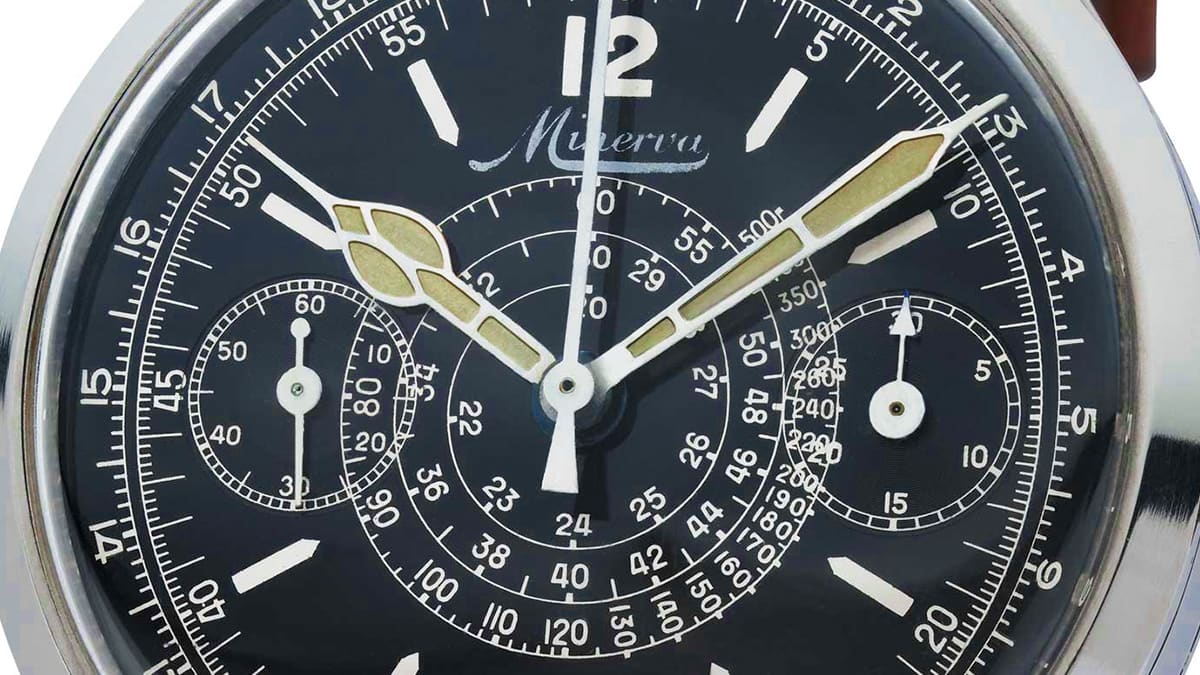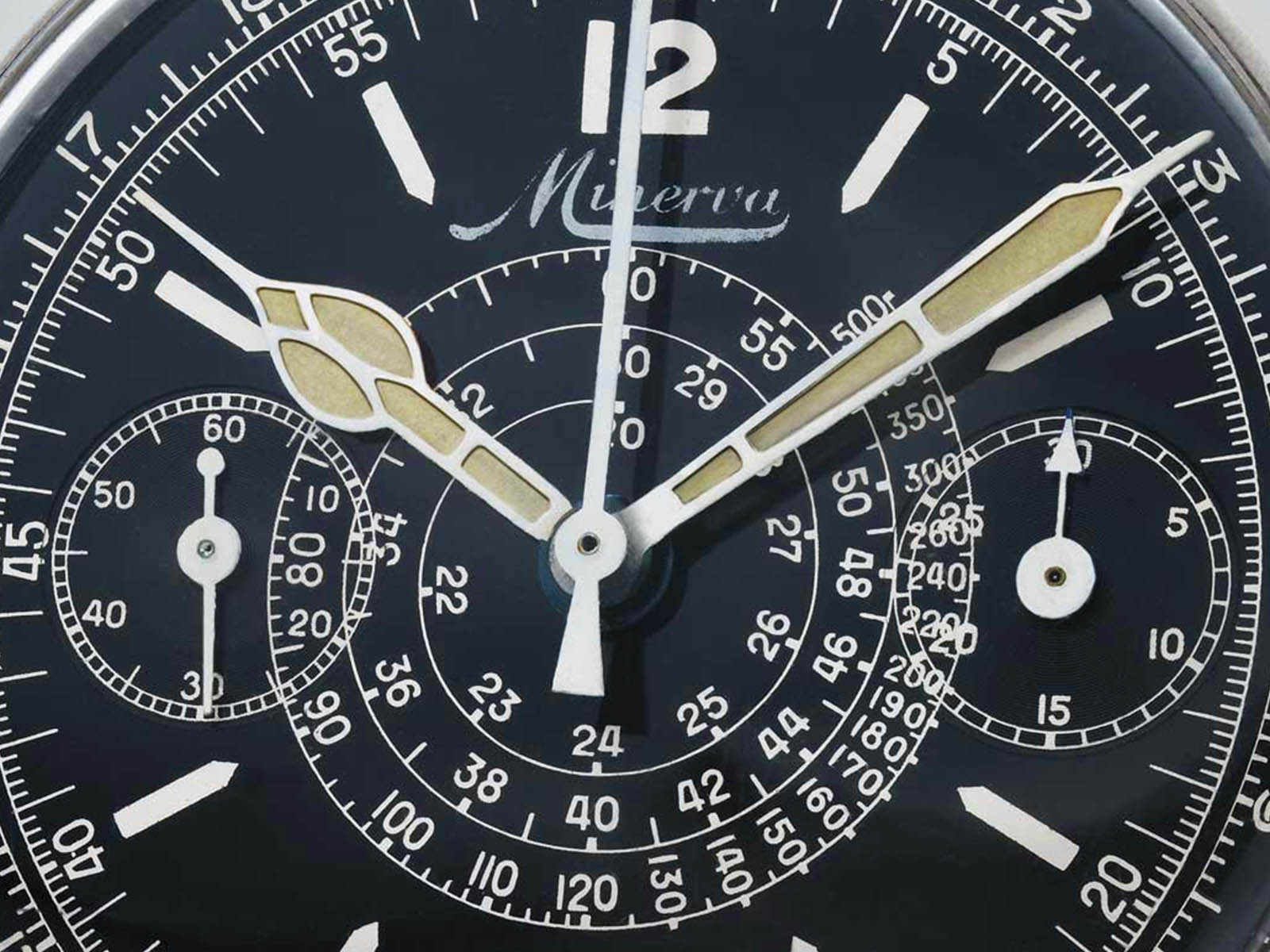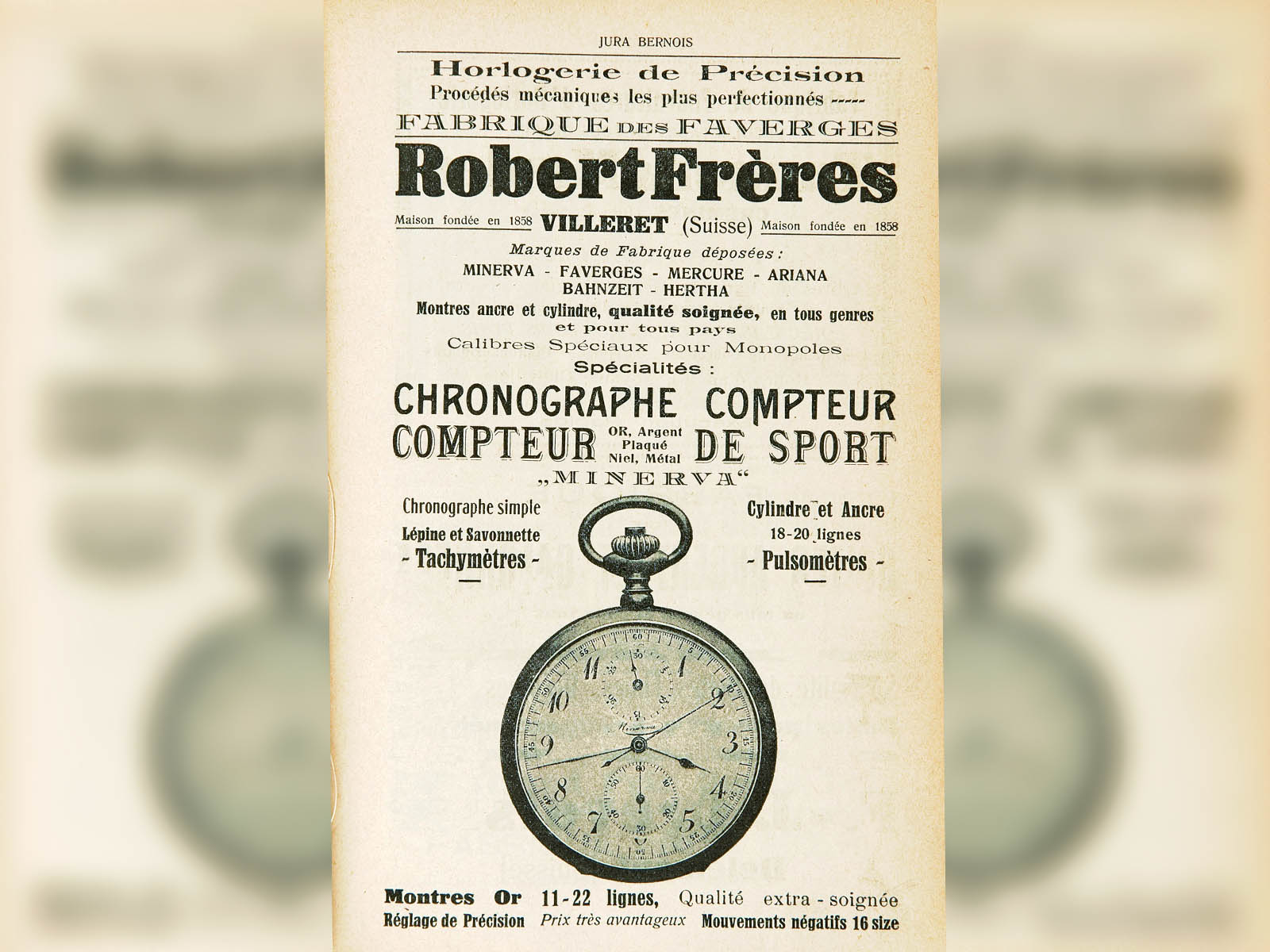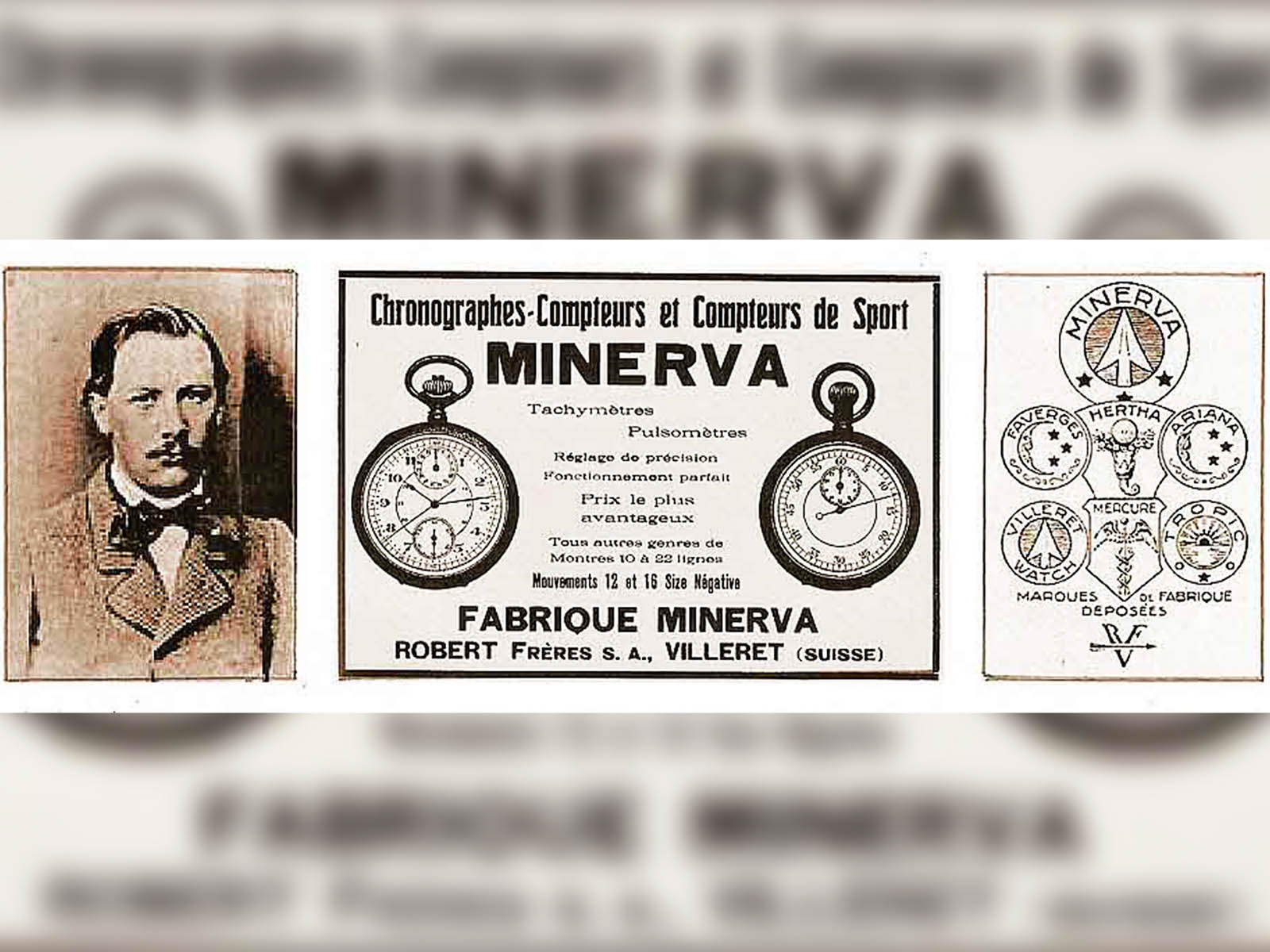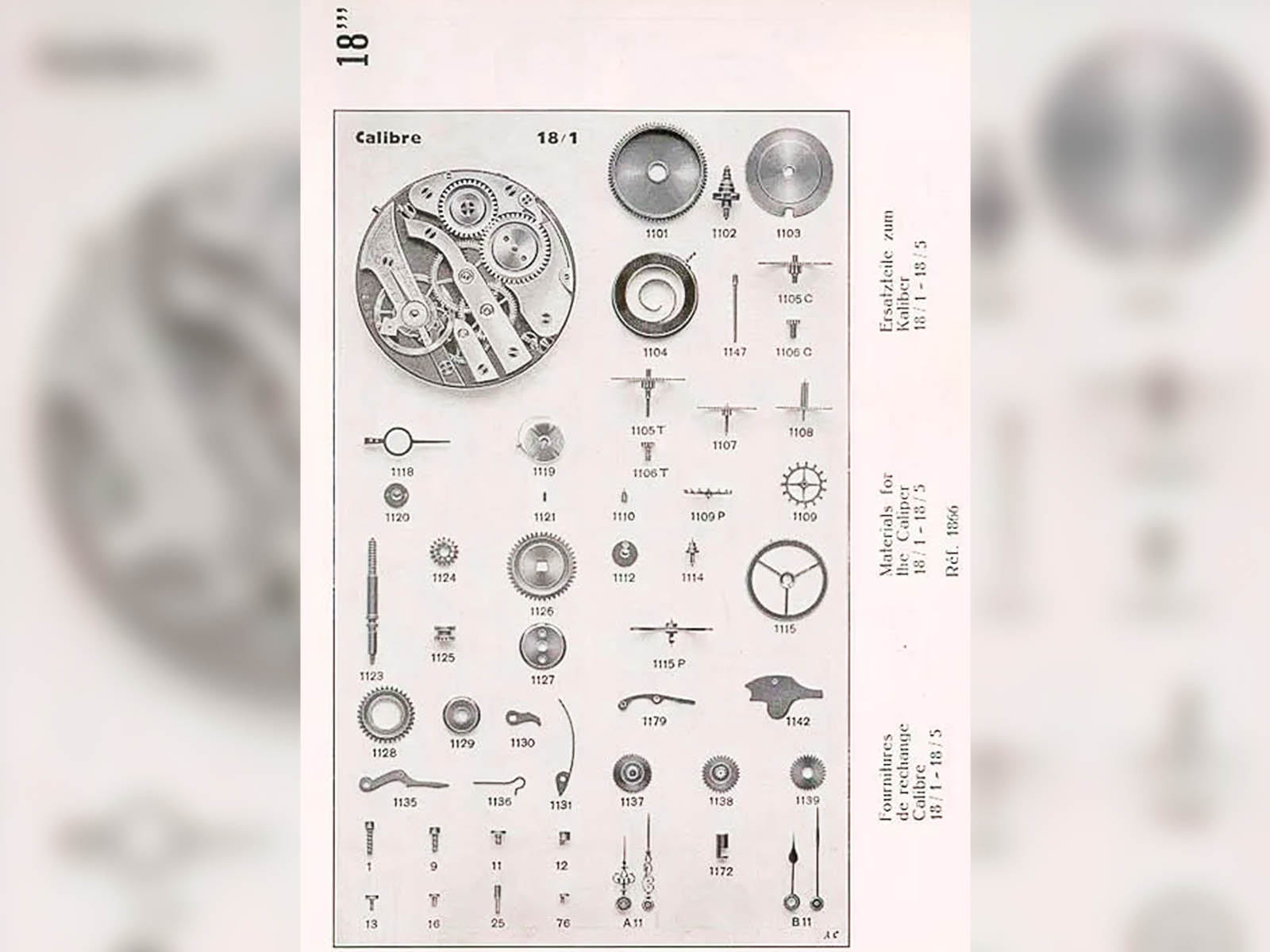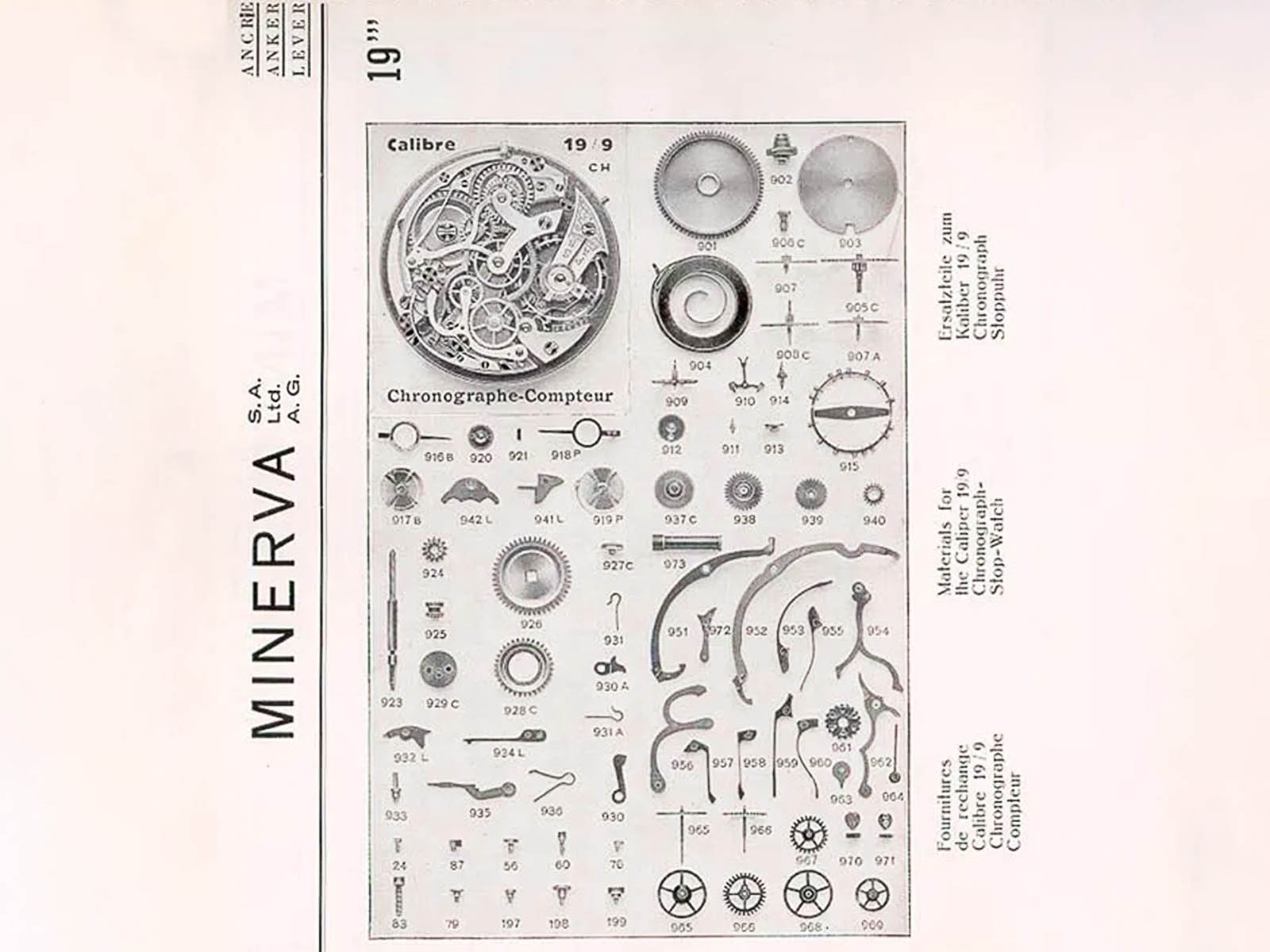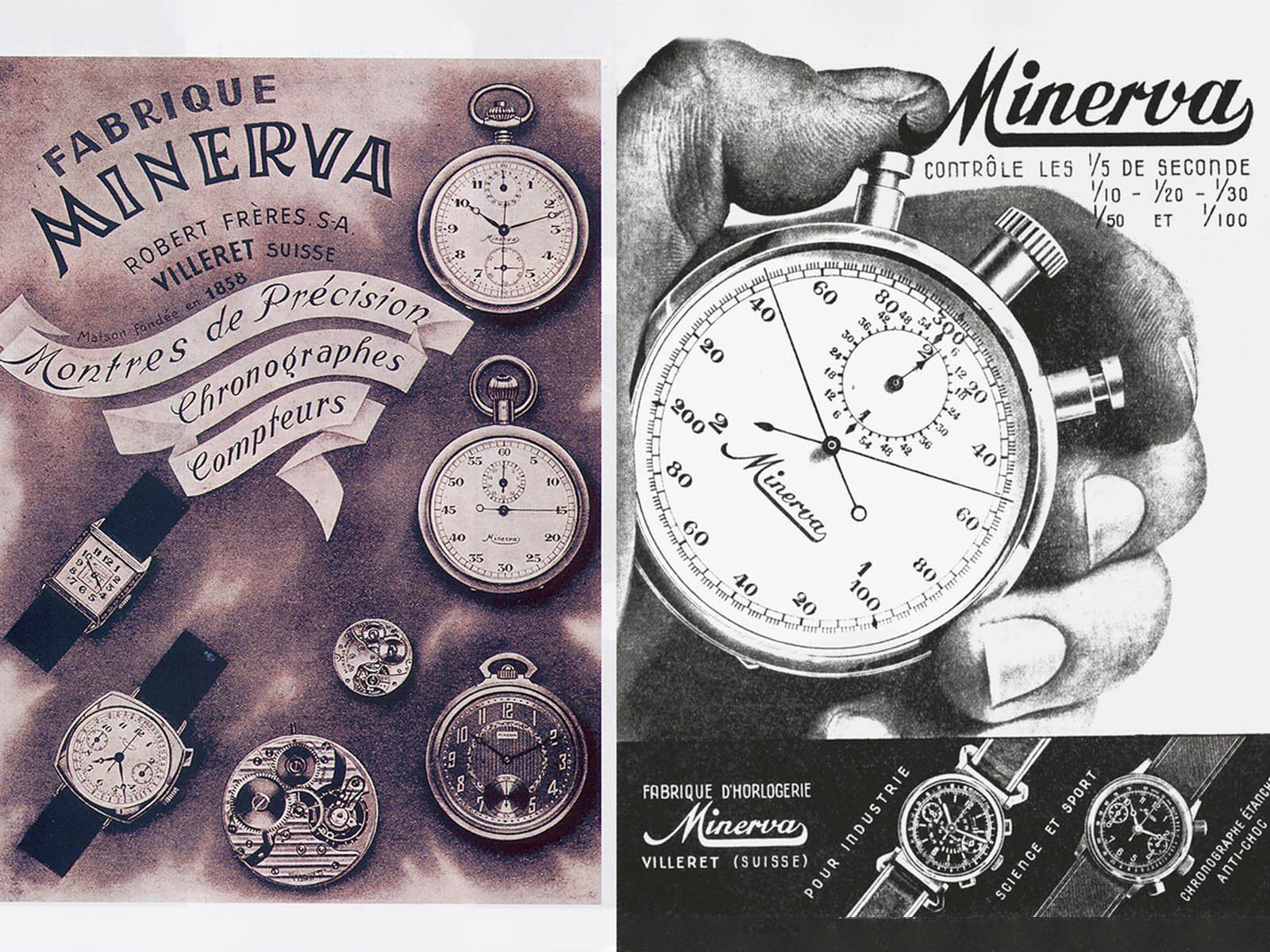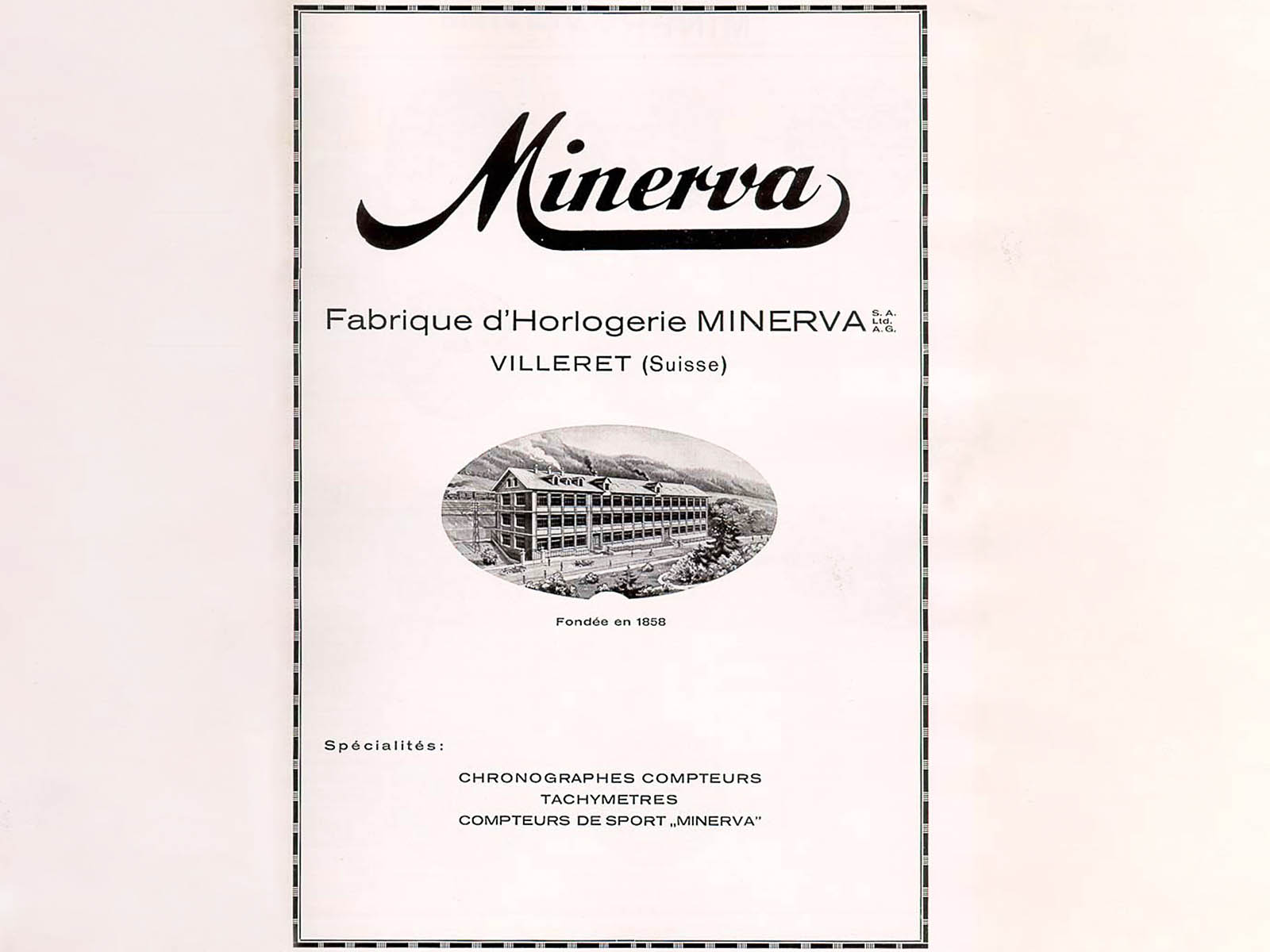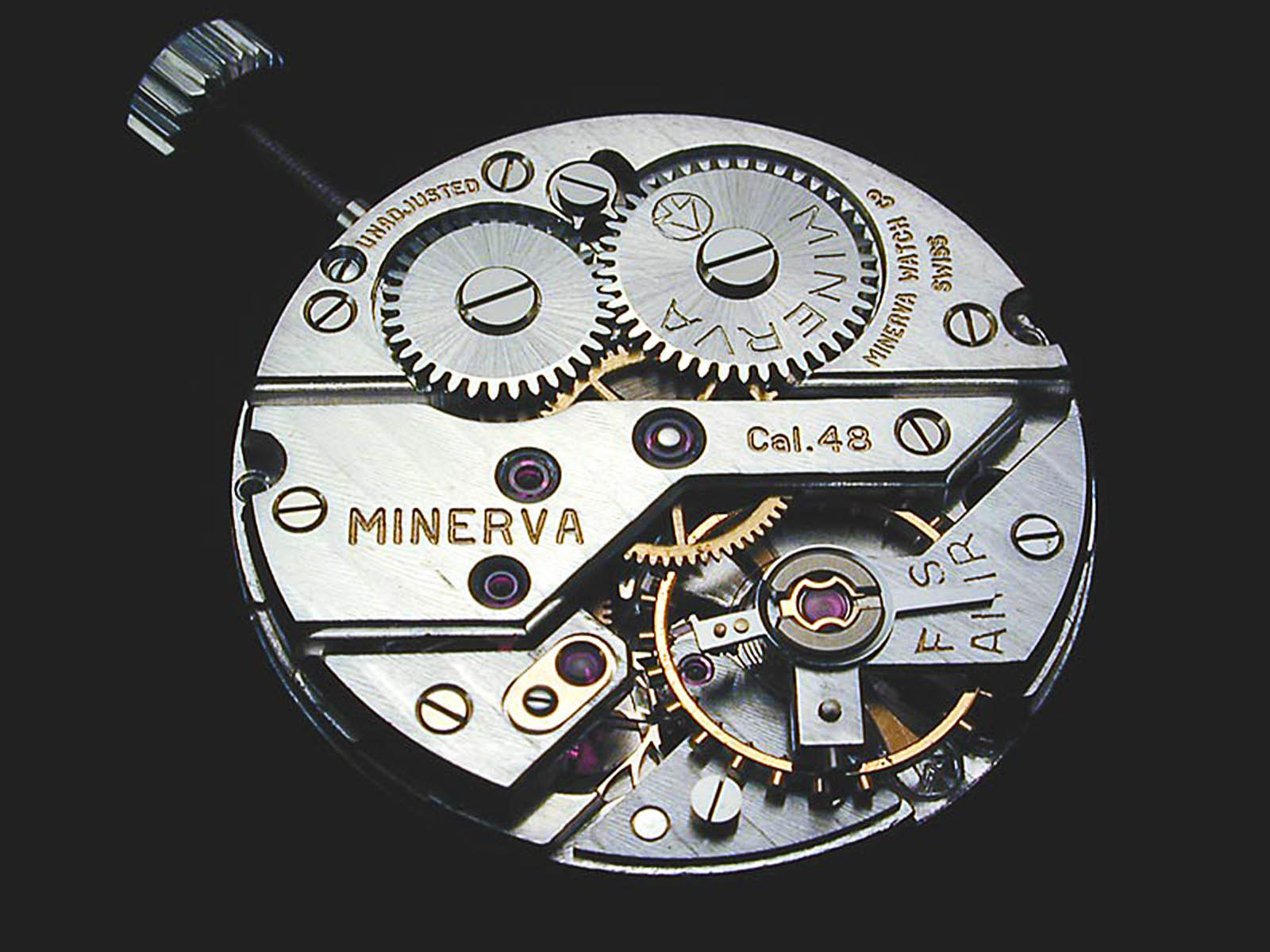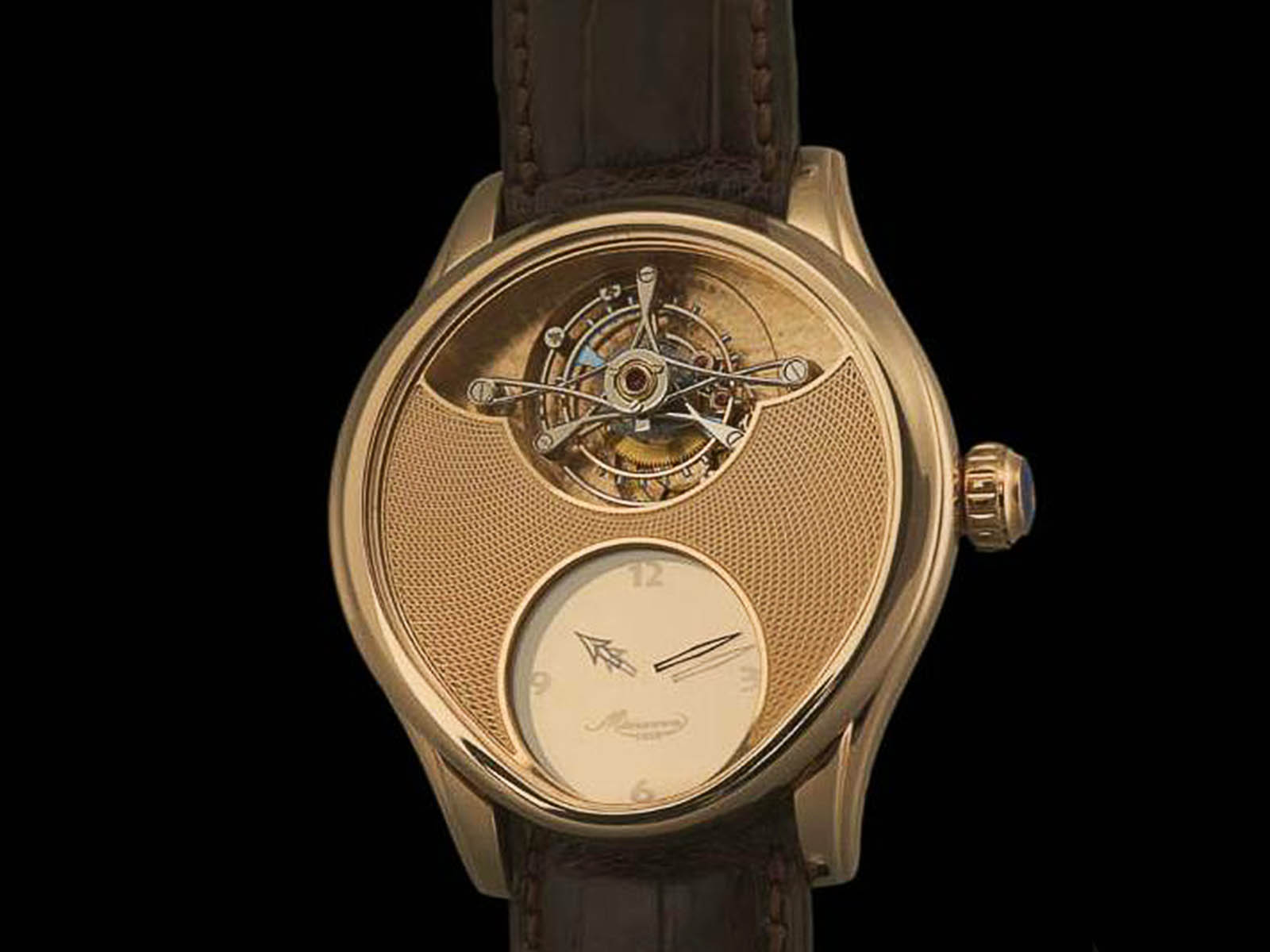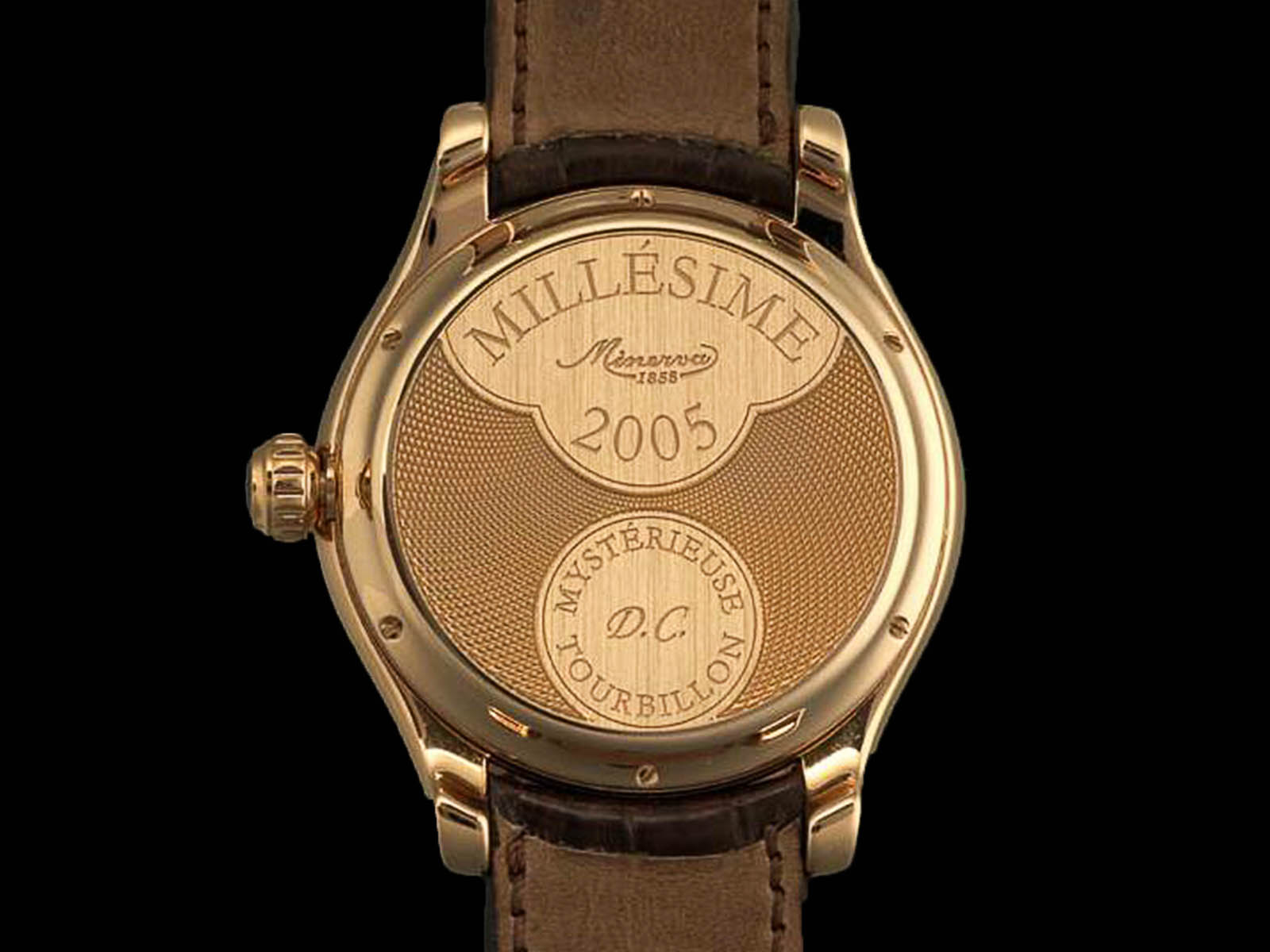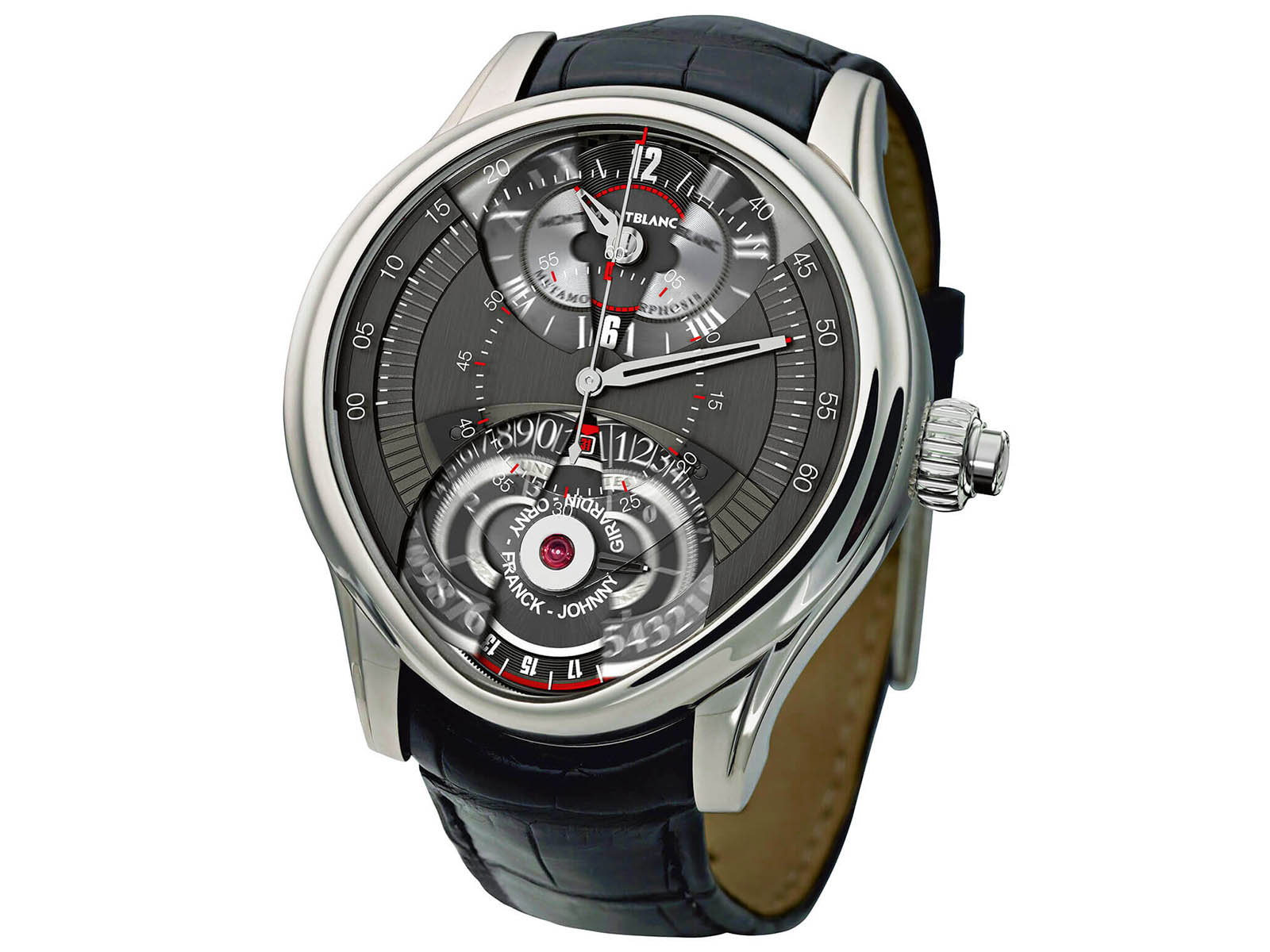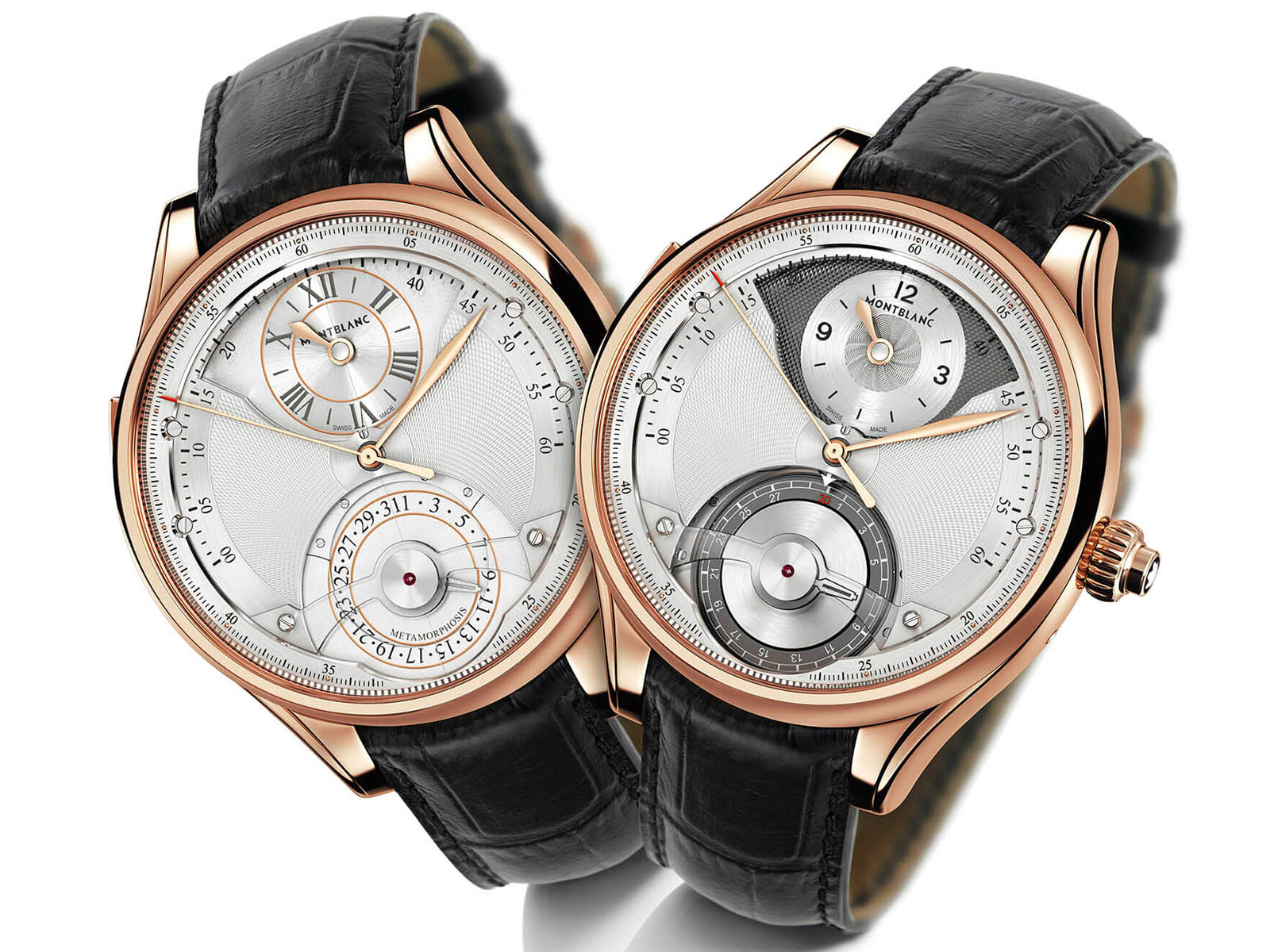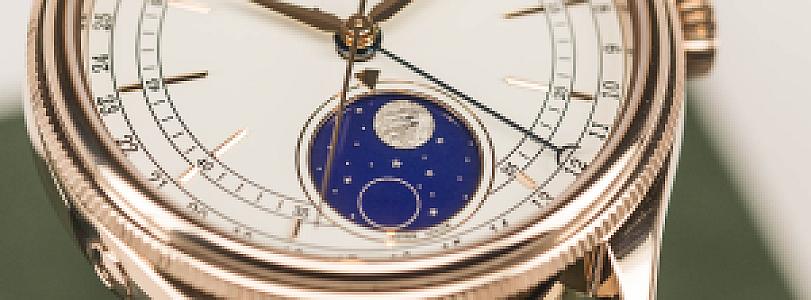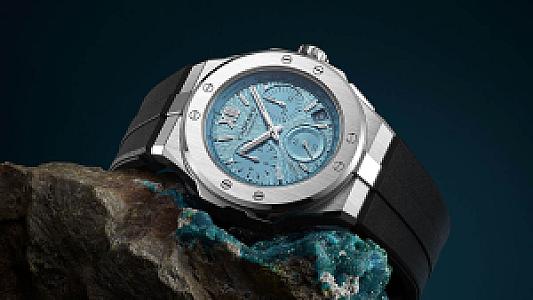Here we are with the story of the legendary brand Minerva, which was included in the luxury watch section of Montblanc, knowns with its writing instruments, in 2007.
In 2007, Montblanc's expertise in traditional luxury watchmaking was further enhanced with the establishment of the Minerva de Recherche en Haute Horlogerie Institute, an organization dedicated to the maintenance of classical watchmaking, traditional skills, and specialized complications, in Villeret in Bernese Jura, Switzerland. This important event in Montblanc's history was followed by the Swiss luxury product line Richemont taking over the Fabrique d'Horlogerie Minerva SA and its extraordinary watchmaking know-how. Richemont transferred its newly purchased watch production facilities to Montblanc, one of its prestigious luxury brands.
The Minerva Story
Villeret's tradition of watchmaking began in 1858 when the brothers Charles and Hyppolite Robert founded "H. & C. Robert". The name of the company, which was later revised as "C. Robert" with only Charles remaining from the brothers, became "Robert Frères Villeret" in 1878, when his sons Charles and Georges, as well as Yvan Robert (1840-1912), who was later included in the company, took over the company.
The company began registering brands, beginning with "Mercure" in 1886, adding "Minerva" (goddess of farming, craft, and science) in 1887, and adding "Ariana", "Tropic" and others in 1898. These brands, each of which has its own logo and products, are detailed with the "RFV" logo, which is characterized by an arrow, a symbol that has become the brand's signature.
"Robert Frères Villeret", who was active in pocket watches as an "etablisseur" using mechanisms he originally outsourced, was among the award-winners with his watches in two exhibitions held at the Expositions Universelles in Antwerp and the 1889 Paris World Exhibition.
From 1985 "Robert Frères Villeret" began to produce its own watch movements. The first products were the 18-line No.1 with cylinder escapement, which remained in production until 1941 and Swiss lever escapement No. 2 Caliber 18 or 19 ligne movements. Minerva named its movements by size, line, and row number. For this reason, all 18 ligne movements were named "Caliber 18". The first movement was called Caliber 18-1 to make it clear that it was the first.
In 1902 the company moved to its buildings that are still in use today. Let's add that the continuous production of mechanical movements, including the quartz crisis of the 1970s, in the same place for more than a century, is an extremely rare occurrence in the Swiss watchmaking industry.
In 1908, Robert Freres began chronograph and chronometer production and introduced the first chronograph movement, the Caliber 19-9. Like most Minerva chronographs, the chronograph only had a minute counter, not an hour counter. Positioned at the top of the company's product range with the Minerva brand, the company has become a leading specialist in the production of world-renowned and professional watches with its precision chronometry. In 1916, mechanical chronometers that could measure 1 / 100th of a second were the basis for the evolution of motor racing today.
The Caliber 13-20, a 17-jewel column-wheel chronograph with Breguet balance spring column wheel, was designed as a mono-pusher but was manufactured after 1940 in double-pusher configurations with a 30 or 45 minute counter. It was one of the few chronograph movements on the market when it was launched and was developed in conjunction with Dubois-Depraz.
Given the exceptional success of the Minerva branded products, the entire company name was changed to "Minerva SA, Villeret" in 1929. Unfortunately, the financial crisis around the world in the early 1930s left the Robert family unemployed and led to the takeover of Minerva: in 1934, watch engineer Jacques Pelot, who had worked with the company since 1921, and mechanical technician Charles Haussener became the new owners of the business. Their leadership brought successes such as their appointment as the official timekeeper of the Olympic skiing events in Garmisch-Partenkirchen in 1936, as well as newly designed movements.
In 1943, Jacques Pelot's nephew, Andre Frey, designed a remarkable movement called Caliber 10-48 to use in a watch called Pythagore. In designing this movement, Frey positioned the bridges using the mathematical ratios defined as the Golden Ratio (1.618...) and attributed to its discoverer Pythagoras. At that time, it was not possible to see the movements inside the cases, between the case backs and the dials. Therefore, Frey's benefiting from the Golden Ratio in design showed how much he cared about his profession in terms of engineering.
In 1955, Jacques Pelot's shares were transferred to his heir Andre Frey, while in 1960 Maurice Favre took over the shares of his father-in-law Charles Haussener. Frey and Favre ran the company until 1989, after which Jean-Jacques Frey, along with his father, Andre Frey, took over the management of the company.
During the catastrophic Quartz Crisis that vanished many Swiss watchmakers, Minerva was able to survive thanks to the quality and prestige of its mechanical chronographs. In 2000, the Frey family sold the company to new partners led by Italian financier Emilio Gnutti. The new organization, along with investments in infrastructure and machinery, recruited new employees who strengthened the team led by the new responsible Beppe Menaldo and Demetrio Cabiddu, a talented and respected watchmaker and still the Technical Director of Montblanc production facilities in Villeret today. Continuing the tradition of high-quality production, Minerva presented two chronographs and two time-only models, which were powered by four new hand-wound movements. In 2005, Minerva introduced the Tourbillon Mystérieuse, powered by the 100-hours power reserve hand-wound Caliber 65-60, consisting of 280 handmade pieces as well as an extra-large Tourbillon cage (20 mm). The model's 47mm diameter 18K rose gold case had an unusual shape. The model displayed the time on its 'mysterious' dial using sapphire discs for the hour and minute hands. The "D.C." engraving on the rear case was a tribute to Demetrio Cabiddu, its creator.
In October 2006, the Swiss luxury goods group Richemont acquired extraordinary know-how with the acquisition of Fabrique d'Horlogerie Minerva SA. Undoubtedly the most important result of this acquisition was that with the partnership between Minerva and Montblanc, Minerva became a Montblanc department managed under the name of Institut Minerva de Recherche en Haute Horlogerie.
In 2010, Montblanc introduced Metamorphosis, the first watch developed at Institut Minerva. Taking its name from its unique dual function and faces, Metamorphosis was able to transform from a watch showing only the time to a chronograph by moving the slide on the dial up or down. Metamorphosis II, which was introduced in 2014, followed this model.
Today, the Montblanc workshops in Villeret continue to take on the production of all models of the Collection Villeret 1858 series, inspired by the Minerva heritage, with a strict adherence to traditional watchmaking, much of which is still handcrafted. At the same time, the "Institut Minerva de Recherche en Haute Horlogerie" acts as a force that preserves and enhances extraordinary chronographic expertise while researching innovative technologies and concepts to continue to enrich the art of watchmaking.
